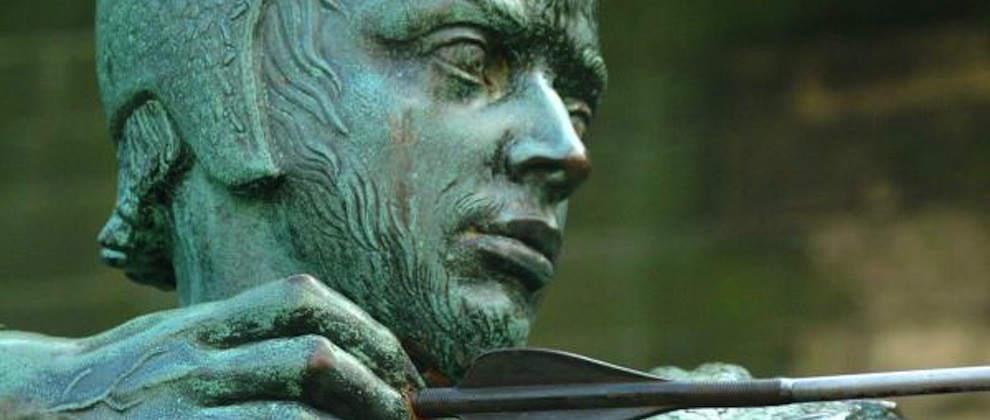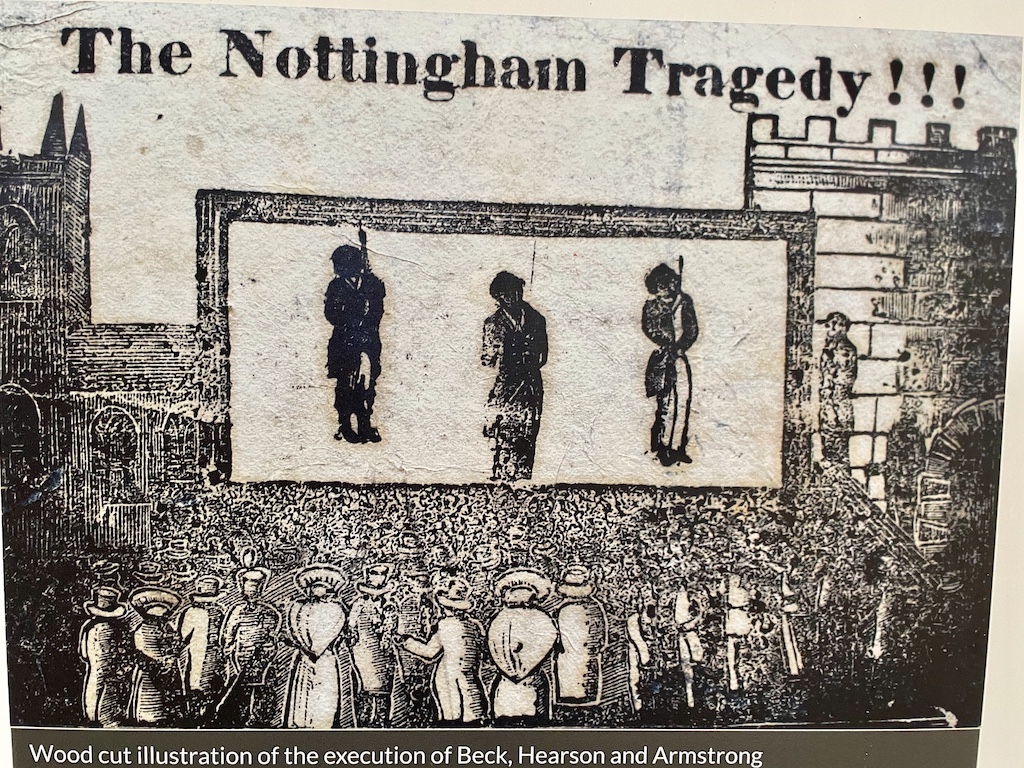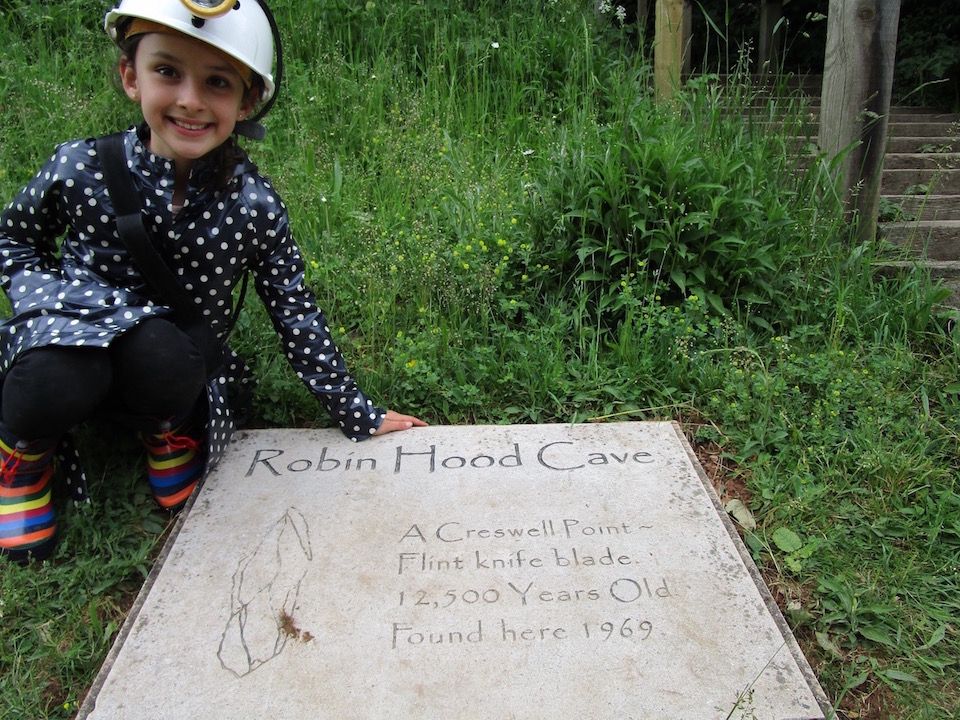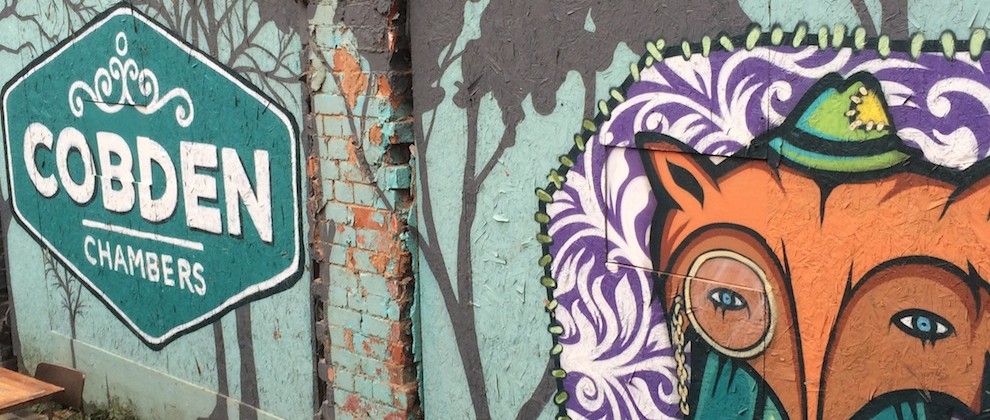
In Sherwood Forest all paths lead to the Major Oak.
The 900-year-old tree towers over the green shoots of the forest like an elder statesman on the bright spring morning of my visit.
Meanwhile, a crowd of appreciative onlookers snake a meandering trail from the visitors’ centre to gaze upon the place where the Britain’s best-loved outlaw and his band of merry men allegedly made their home.
Sherwood Forest was the largest of 90 royal forests created by William the Conqueror and once covered most of Nottinghamshire north of the River Trent.
From the 12th to 14th century, when the Sheriff of Nottingham enforced a strict forest law to protect the king’s livestock, Sherwood became home to numerous highwaymen.
They hunted for animals and robbed passing travellers along the erstwhile Great North Road — now the present-day A1.
Audio trail
The Major Oak is my starting point today to follow a new interactive audio trail, In the Footsteps of Robin Hood.
It retraces the trail blazed across the Nottinghamshire countryside by the character that has evolved from medieval folk tale to TV action hero via various incarnations on the silver screen.
Joining me to follow in the footsteps of Robin Hood’s is John Charlesworth, an expert in local history, who acted as a consultant to the development of the trail.
“Personally I believe Robin was a real outlaw, not just a fictional character,” says John.
“In the 1220s, a Robert Hod appeared in court in Yorkshire and was made into a fugitive from the law. He is the original Robin Hood.”
The trail is based around seven key sites, forming a triangular route from Sherwood Forest via Nottingham Castle in central Nottingham to Clumber Park near the town of Worksop.
There are also three new walking trails marked off the main route, all of which are designed to help explore the rural reaches of the East Midlands through their connection to the Robin Hood story.
At each of the locations a crossbow-shaped interpretation unit adds context to the truth behind the Robin Hood legend via audio-visual material.
Sound tracks
For the car journey between the sites, you can buy the CD commentary from local tourist offices and check the accompanying map; alternatively download it as a podcast to your iPod and bike your way round following the Sustrans National Cycle Route.
From the Major Oak, John and I retrace our steps through the 450-acre forest, following flower-strewn woodland paths and passing heathlands alive with birdlife.
We emerge from a clearing into the attractive village of Edwinstowe, home to a slew of places to stay and eat on the fringe of Sherwood Forest.
From here we take to the car, driving through the rural heart of Nottinghamshire’s Robin Hood country while John explains how one of the original medieval tales, The Gest of Robin Hood, is the basis for the legend as we know it today.
The fable tells of Robin’s rivalry with the Sheriff, the legend of splitting a silver arrow with his mastery of the longbow and the eventual pardoning by King Edward.
It even includes references to his merry men, including Will Scarlet and Little John, but Friar Tuck and Maid Marian are absent, likely to be latter-day additions as the legend evolved.
Stately home
Heading northeast from Edwinstowe, the next stop is Rufford Abbey, founded in the 12th century by Cistercian monks and later transformed into a country estate for several wealthy local families.
Legends suggest that, while Robin famously robbed the rich and gave to the poor, he had an uneasy relationship with the Church of England and the abbey’s crypt, located in the expansive grounds, still contains ancient manuscripts and tapestries with records from Robin’s day.
The next stop, Clumber Park, was formerly a major deer-hunting park, where Robin would have hunted in defiance of forest law.
The country house was demolished in 1938 but the park remains with its Gothic chapel, wide-open spaces and expansive lake.
As we stroll along a serene avenue, where lime trees sway gently in the breeze, John explains how, before the current hit TV series, the Legend of Robin Hood had been a favourite of cinema audiences.
The American actor Errol Flynn played the outlaw with verve in the 1938 classic The Adventures of Robin Hood, while a new film, starring Russell Crowe is currently in production.
There was even a 1960’s Canadian cartoon series, Rocket Robin Hood, which finds Robin living on the Sherwood asteroid in outer space.
“For me Errol Flynn portrayed Robin Hood best, with great fencing and a superb musical score, but I do have a sneaking fondness for Robin and Marian (1976), staring Sean Connery and Audrey Hepburn,” says John.
“It has a more poignant feel, portraying Robin as a man out of his time.”
Evolving story
Our last stop is Cresswell Crags on the trail’s northwest spur, where Robin is alleged to have hidden while fleeing the Sheriff of Nottingham with a bounty on his head.
Under forest law, outlaws could be take dead or alive and Robin would have hidden in the dark, dank chambers of the caves to escape both the Sheriff’s men and locals seeking to betray him for a bag of silver.
Back in Edwinstowe village we end our journey with a stroll around the churchyard of St Mary’s where, according to the legend’s happy ending, Robin and Maid Marian were finally married.
“For me the way Robin reflects our modern-day issues is what makes him such a fascinating character,” says John as we say our farewells.
“Robin can change with the times but the core of the story remains timeless.”
What did you think of this story? Post your comments below.
This story was first published in Ink in-flight magazines in 2007.
Liked this? Try also Light Night in Nottingham.
 Nottingham is home to some of Britain’s most haunted buildings.
Nottingham is home to some of Britain’s most haunted buildings.

